The triac burned out in the washing machine
 It is not difficult to suspect that the triac in the washing machine has burned out - the machine freezes, does not turn on, or works with obvious malfunctions. But you cannot be 100% sure that the radio element is broken, since similar “symptoms” manifest themselves in other electronic problems. To confirm the “diagnosis”, it is necessary to conduct a comprehensive diagnosis of the washer’s control board.
It is not difficult to suspect that the triac in the washing machine has burned out - the machine freezes, does not turn on, or works with obvious malfunctions. But you cannot be 100% sure that the radio element is broken, since similar “symptoms” manifest themselves in other electronic problems. To confirm the “diagnosis”, it is necessary to conduct a comprehensive diagnosis of the washer’s control board.
The electronic module should be dismantled, inspected and, having found triacs, begin testing them. Let's figure out what to do and in what order.
Methods for testing triacs
Before repairing and replacing the triac on the control board, you must ensure that the semiconductor is faulty. You can test the radio element in different ways. The following verification options are most often used:
- “continuity” with a multimeter;
- installation on a test bench;
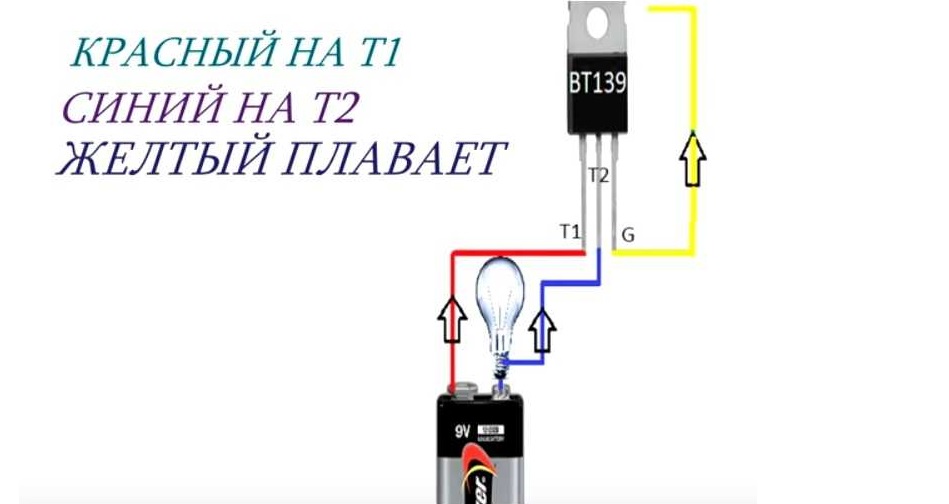
- connection to a circuit with a power source and a lamp;
- examination with a transistor tester.
To test the triac on the control board, it is enough to have a multimeter on hand.
The most popular way to diagnose a triac is by testing it with a multimeter. This tester, unlike the transistor tester, is accessible to almost everyone and is quite easy to use. Assembling a test stand for a one-time check or organizing an electrical control circuit is more difficult and takes longer. It’s better not to complicate the task and give preference to the “tseshka”.
Typical failures of these parts
Before diagnosing a triac, it is recommended to understand its design and operating principle.In electrical terms, it is a semiconductor that opens and closes to allow current to flow, much like a thyristor. But unlike the latter, this radio element consists of two parallel-connected crystals, which allows it to conduct current pulses in both directions. Due to this feature, it is widely used in variable voltage systems.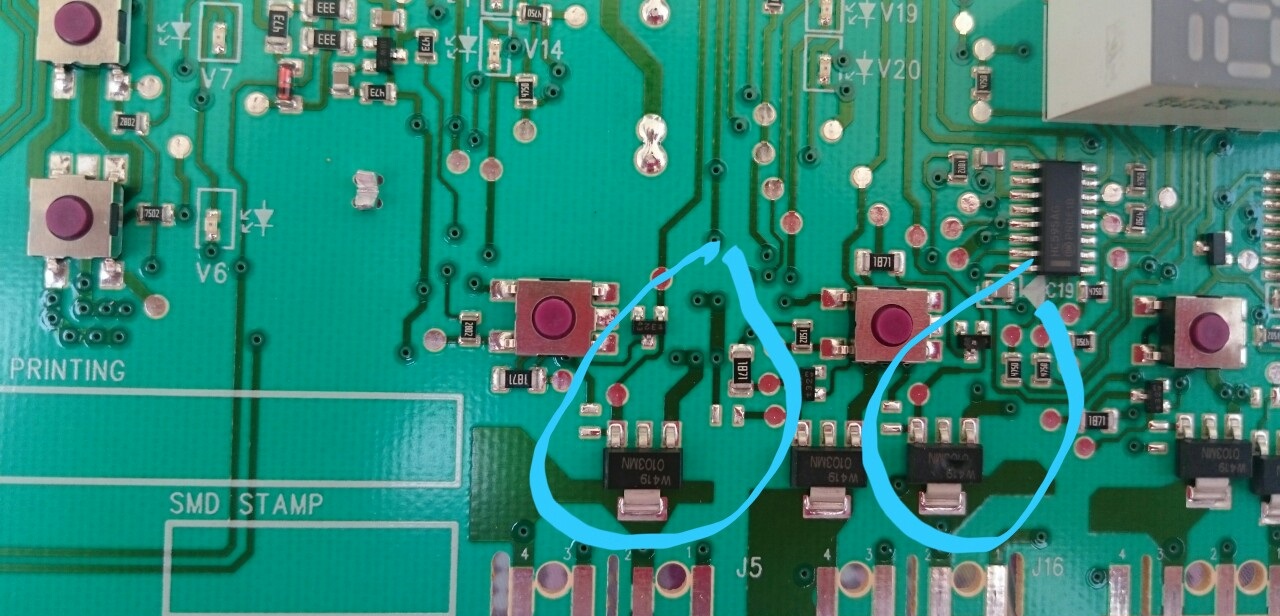
A triac can fail for two reasons:
- the circuit in the semiconductor is broken, followed by a violation of its integrity;
- there was a breakdown of the pn junction, in simple words, a current leakage.
The triac on the board fails when the line is broken and when the p-n junction breaks down.
Without testing with a multimeter, even a professional electromechanic will not be able to detect a problem with a triac - visually everything can be “clean”. To verify that a semiconductor is faulty, you will have to ring it with a buzzer and measure the resistance at the contacts.
Testing the part according to the instructions
Before you begin direct testing, you should decide on a diagnostic method. Two options are practiced: either desolder the semiconductor and test it separately, or take measurements directly on the board. The second method is simpler, more convenient and safer: there is no need for unnecessary manipulations, which reduces the likelihood of errors and aggravation of the situation. But there is also a drawback - the overall performance of the module will invariably affect the results, throwing them off.
To obtain an accurate result, you should unsolder the triac from the board, and only then connect the multimeter probes. It is recommended to act strictly according to the instructions.
- Determine the location of the control contact and two operating contacts. Ideally, you should study the electrical diagram of the part. If there is no technical passport, we check the triac model.Any such radio element has three electrodes. Two of them are power and are marked with the combination “A1” and “A2” or “T1” and “T2”. The third leg is the main one and is designated by the letter “G” (from the English “gate”, which translates as “gate”). It is important to clarify which pin is which on the semiconductor.
When desoldering a triac from the control board, be careful not to damage adjacent elements and tracks!
- Set up the multimeter. It is necessary to activate the buzzer mode - to “ring” for breakdown. On most modern testers it is indicated by a button with a picture of a semiconductor diode.
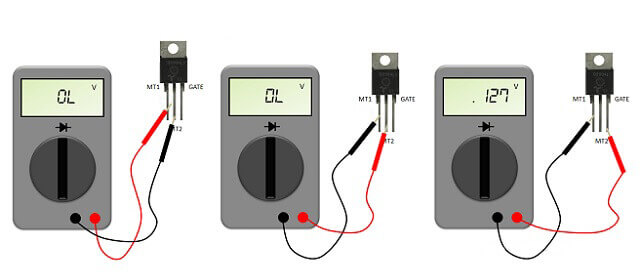
- Connect the multimeter clamps to the appropriate connectors. We are talking about a socket marked “COM” - a general relay designed for measuring resistance and ringing for breakdown. In this case, a potential difference is formed at the ends of the tester probes, and the operating current with the test voltage is supplied to the triac being tested.
Having prepared the triac and multimeter, you can begin diagnostics. At the first stage, the junction is checked for breakdown: the probes are applied to the power electrodes, and the result is evaluated. A “0” that appears will indicate a malfunction of the element. If “1” appears on the screen, it means the semiconductor is in working condition. Some modern testers show “OL” instead of one, which also indicates the performance of the part.
The second step is to move one of the probes to the control contact to measure the resistance between them. Normally, the indicator should vary by about 100-200 ohms. Afterwards, the clamp clings to another power electrode, which will lead to the display of “1” on the screen.
Next, we check whether the transition of the radio element opens.To do this, you need to quickly touch the control terminal with the probe while applying current to the remaining contacts. The latter can be achieved by using an additional wire or placing the tester clamp diagonally. If the triac is working properly, then the indicator on the multimeter screen will change - instead of one, another number will be displayed. It is important to be extremely careful, since the semiconductor will not remain open for long due to insufficient voltage.
If during the test it turned out that the soldered triac is working, then another element of the control board is causing the failure. For comprehensive diagnostics of the module, it is better to contact a service center.
Interesting:
Reader comments
- Share your opinion - leave a comment
Categories
Washing machine repair


For buyers

For users

Dishwasher


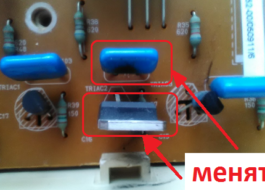
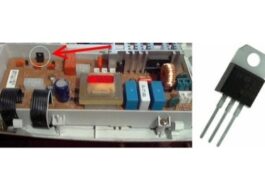
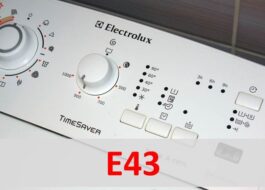












Add a comment